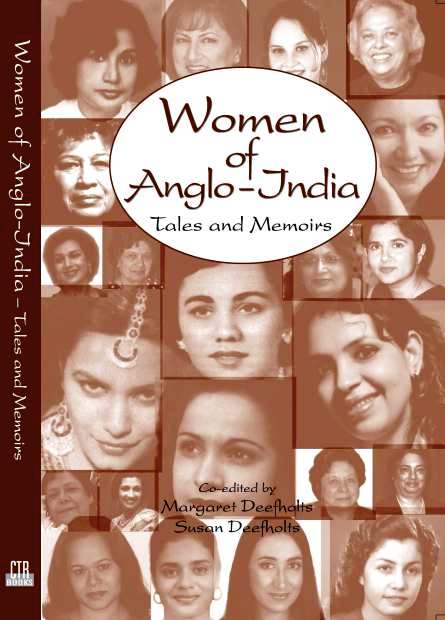
Published by CTR Publications
Co-Edited by Margaret Deefholts and Susan Deefholts

Anglo Indian women were the unsung heroines of our Community. While the male heads of households were involved in their careers, it was their women-folk who took on the tasks of rearing families with gentle (or sometimes not so gentle!) discipline, instilling home-grown principles of honesty, diligence and respect for elders. They honoured Christian beliefs and true-blue Anglo-Indian traditions. As these stories reveal, many were widowed at a young age with meagre financial resources; most had growing families to support, and their courage and determination in the face of tragedy makes for extraordinary reading. The contributors to this collection of essays pay tribute, sometimes with wry humour and at other times with deeply felt emotion, to the women who shaped their childhood years. Every reader will find parallels to their own personal 'heroines' - mothers, sisters, aunts and last, but far from least, those school teachers whose values have enriched their lives. Publisher Blair Williams says in his foreword: This book provides insight and balance into the reality of the Women of Anglo-India. We have captured not only who she was but how she lived. We have captured her as a mother, a wife, a sister, a girl friend and as a person in her own right. Many scholars have stated that the Anglo-Indian woman was the bedrock of the community, in many cases having to be the bread winner and the home builder. In my preface to Voices on the Verandah (2004) I wrote "I believe that we, the sixty-something generation of Anglo-Indians, have a unique opportunity to contribute to the dual purpose of this endeavor. Join me in influencing, perhaps creating, history. We can and will make a difference". I believe we have and will continue to do so.
For more information on how to order your copy go to: http://www.blairrw.org/ctr/women-anglo-india
|